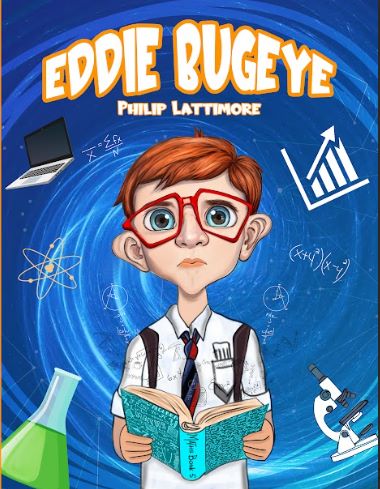Writing stories for children can be an incredibly rewarding experience. It allows you to unlock your creativity and captivate young readers with engaging narratives and characters.
8-Step Guide on How to Write Stories for Children
If you’re an aspiring children’s book author, here’s a step-by-step guide to help you get started.
1. Understand Your Audience
The first step in writing for children is to understand your audience. Consider the age group you’re writing for, as this will influence the complexity of your language, themes, and plot.
Younger children might enjoy simple, repetitive stories with vibrant illustrations, while older children might prefer more complex narratives with deeper themes.
2. Develop a Compelling Concept
A compelling concept is the foundation of any good story. Think about what excites and interests children. It could be a magical adventure, a funny mishap, or a heartfelt lesson.
Your concept should be unique and engaging enough to capture the attention of young readers.
3. Create Relatable Characters
Characters are the heart of your story. Create characters that are relatable and memorable. Children should be able to see a bit of themselves in your characters.
Think about their personality traits, strengths, and weaknesses. Give your characters distinct voices and make them come alive on the page.
4. Plan Your Plot
A well-structured plot keeps the story moving and maintains the reader’s interest. Plan your plot with a clear beginning, middle, and end.
Introduce a problem or conflict early on, build up to a climax, and then resolve the conflict in a satisfying way. Ensure that the story’s pacing is appropriate for the age group you’re targeting.
5. Write Engaging Dialogue
Dialogue is a powerful tool in children’s stories. It helps develop characters and move the plot forward. Write dialogue that is natural and age-appropriate.
Avoid using overly complex words or phrases. Keep it simple and direct, reflecting how children speak and think.
6. Incorporate Illustrations
Illustrations are a crucial element in children’s books. They not only complement the text but also help tell the story visually.
Work with an illustrator to bring your characters and scenes to life. Ensure that the illustrations are colorful, engaging, and appropriate for the story’s tone and age group.
7. Edit and Revise
Editing and revising are essential steps in the writing process. Review your story for any inconsistencies, grammatical errors, or awkward phrasing.
Consider getting feedback from children or other writers. Revise your manuscript based on their feedback to ensure it’s polished and ready for publication.
8. Publish Your Story
Once your story is ready, the next step is to publish it. You can choose to go the traditional publishing route or self-publish your book.
Research publishers that specialize in children’s books or explore self-publishing platforms that can help you reach your audience.

Read Philip Lattimore’s Book “Eddie Bugeye” for Inspiration
Philip Lattimore’s book “Eddie Bugeye” is a perfect example of a well-crafted children’s story that resonates with its audience. The journey of Eddie, a young boy facing bullying at school, is both relatable and inspiring.
Lattimore’s use of engaging dialogue, relatable characters, and a compelling plot demonstrates how powerful a children’s story can be in addressing important themes and providing comfort and encouragement to young readers.
Order Your Copy of “Eddie Bugeye” Today!
Writing stories for children is a delightful and fulfilling endeavor that allows you to connect with young readers and spark their imaginations. By following the tips discussed in this post, you can craft captivating stories that children will love.
For inspiration and to see how these principles are put into practice, order “Eddie Bugeye” by Philip Lattimore. Eddie’s story is a perfect example of engaging and meaningful children’s literature.




